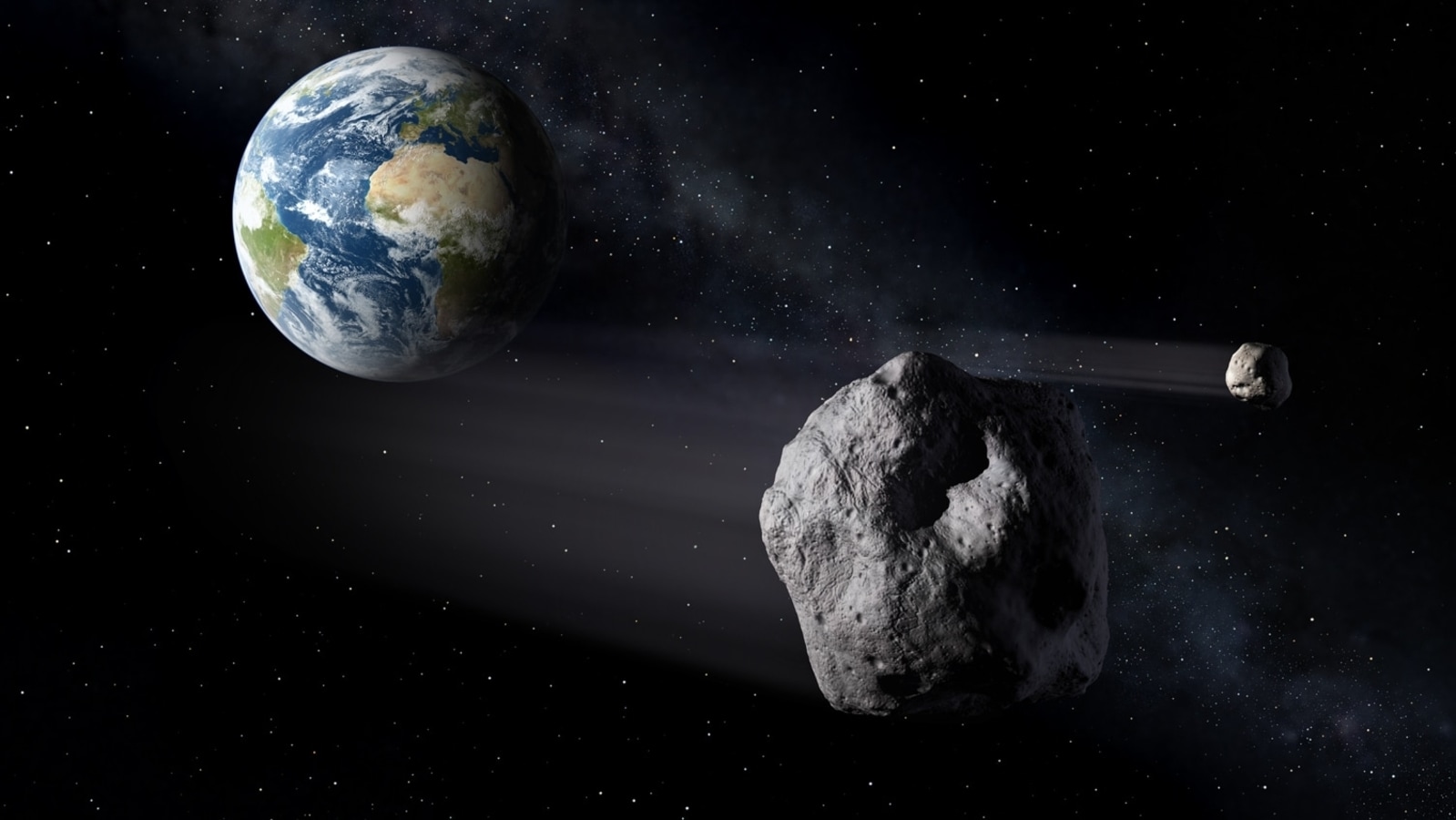Huge 140-foot asteroid hurtling towards Earth today. NASA issues warning
NASA has warned that a huge 140 feet asteroid, named Asteroid 2022 QX4 will come very close to Earth today, August 29. It is a scary and massive asteroid with a huge potential for destruction.






 View all Images
View all ImagesAs many as 3 asteroids just passed Earth by a close margin over the weekend. These asteroids, named Asteroid 2022 QP4, Asteroid 2022 QQ4 and Asteroid 2022 QP3, flew past Earth at staggering speeds. Fortunately, these asteroids missed the Earth by a few million kilometers, which is considered a close shave in astronomical terms. Now, another asteroid, named Asteroid 2022 QX4 is set to fly past Earth today, August 29.
Asteroid 2022 QX4 to fly past Earth today, August 29
The Asteroid 2022 QX4 is already on its way towards Earth. It is travelling at a staggering speed of 31,644 kilometers per hour. According to NASA, the Asteroid 2022 QX4 is nearly as big as an aeroplane, with a width of almost 140 feet, easily making it the largest asteroid to fly past Earth in the last 3 days. It will make its closest approach to Earth tomorrow, August 29 at a distance of nearly 1.83 million kilometers.


Although this asteroid is not expected to cause any damage, it still has been classified as a “Potentially Hazardous Object” due to the close proximity with which it will fly past Earth. NASA's Planetary Defense Coordination Office classifies Near-Earth Objects (NEOs) as potentially hazardous if they come within 8 million kilometers of Earth.
NASA to launch Artemis Mission today
NASA's Artemis Mission is set to launch today from the Kennedy Space Center in Cape Canaveral in Florida. Despite a couple of lightning strikes to the launch pad yesterday, the mission is still a go-ahead and the countdown for launch has already begun.
The Artemis Programme is NASA's first attempt to send a manned mission to the Moon since the Apollo missions in 1972. Earlier this month, NASA administrator Bill Nelson said, “To all of us that gaze up at the Moon, dreaming of the day humankind returns to the lunar surface, folks, we're here. We are going back.”
Catch all the Latest Tech News, Mobile News, Laptop News, Gaming news, Wearables News , How To News, also keep up with us on Whatsapp channel,Twitter, Facebook, Google News, and Instagram. For our latest videos, subscribe to our YouTube channel.





























